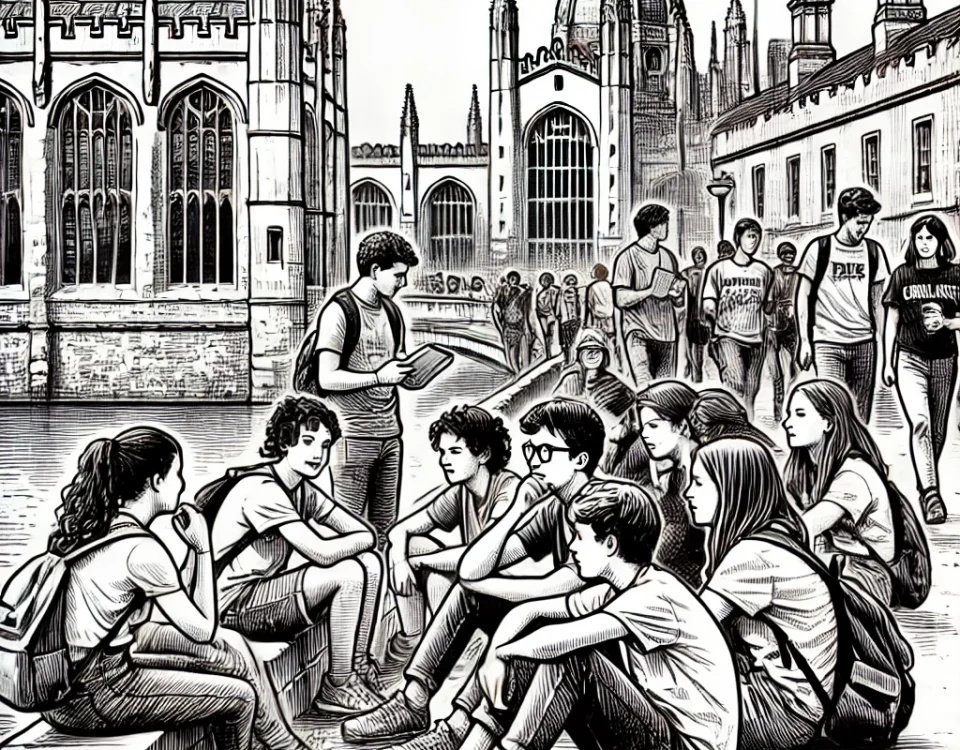Using Art and Crafts to Help Children Learn a Foreign Language Like English

How Parents Can Help Their Child with Dyslexia Learn a Foreign Language Like English
May 24, 2024
Usar Arte y Manualidades para Ayudar a los Niños a Aprender un Idioma Extranjero como el Inglés
May 24, 2024Learning a foreign language can be an exciting adventure for children, and integrating art and crafts into the process can make it even more engaging and effective. Art and crafts provide a hands-on, creative way to reinforce language skills, making learning both fun and memorable. Here are some strategies for using art and crafts to help children learn English as a foreign language.
1. Create Visual Vocabulary Cards
Visual vocabulary cards are an excellent tool for language learning. They help children associate words with images, making it easier to remember new vocabulary. Here’s how you can create them:
- Materials: Index cards, markers, crayons, stickers, or printed images.
- Activity: Have children draw a picture of the word on one side of the card and write the word in English on the other side. For example, draw an apple and write “apple.” Encourage them to decorate the cards with colors and stickers to make them visually appealing.
2. Make a Language Learning Scrapbook
A language learning scrapbook can be a long-term project that grows with your child’s vocabulary and skills.
- Materials: Scrapbook, glue, scissors, magazines, markers, and colored paper.
- Activity: Each week, choose a new theme (animals, food, family, etc.). Have children cut out pictures related to the theme from magazines or draw their own. Paste the pictures into the scrapbook and write the corresponding English words or sentences. Review the scrapbook regularly to reinforce learning.
3. Craft Projects with Instructions in English
Craft projects provide an excellent opportunity to practice listening and following instructions in English.
- Materials: Depending on the craft project (e.g., paper, glue, scissors, clay, etc.).
- Activity: Choose a simple craft project and provide instructions in English. For example, making a paper kite: “First, cut the paper into a diamond shape. Then, tape the sticks in a cross shape. Next, tie the string to the bottom. Finally, decorate your kite with markers.” This activity helps children practice understanding and following directions in English.
4. Storytelling with Puppets
Puppet making and storytelling can enhance language skills through creativity and performance.
- Materials: Socks, felt, glue, googly eyes, markers, and other decorative items.
- Activity: Have children make their own sock puppets. Then, use the puppets to create and perform short stories in English. This activity encourages children to use their imagination and practice speaking and listening in a fun and interactive way.
5. Art-Based Language Games
Games are a great way to make language learning playful and engaging.
- Materials: Paper, markers, dice, and game pieces.
- Activity: Create a simple board game where children have to draw, guess, or say words in English to move forward. For example, a Pictionary-style game where they draw a word from a card and others have to guess what it is in English.
6. Seasonal and Holiday Crafts
Use holidays and seasons to introduce new vocabulary and cultural elements.
- Materials: Seasonal craft supplies (e.g., paper, paint, glue, and holiday-themed decorations).
- Activity: For Halloween, make paper pumpkins and bats while learning words like “pumpkin,” “ghost,” and “bat.” For Christmas, create ornaments and learn words like “tree,” “star,” and “gift.” These activities not only teach vocabulary but also provide cultural context.
7. Art Exhibitions and Presentations
Encourage children to present their artwork in English, promoting speaking and confidence.
- Materials: Completed art projects, presentation space.
- Activity: Organize a mini art exhibition where children present their artwork to the class or family members in English. They can describe what they made, the materials they used, and why they chose to create it. This helps build vocabulary and public speaking skills.
Conclusion
Incorporating art and crafts into language learning can make the process more enjoyable and effective for children. These activities engage multiple senses, reinforce vocabulary and concepts, and provide a creative outlet for expression. By creating visual vocabulary cards, making scrapbooks, following craft instructions, storytelling with puppets, playing art-based games, celebrating with seasonal crafts, and organizing art presentations, parents and teachers can help children develop their English skills in a fun and memorable way.
Using art and crafts to learn a foreign language not only makes learning fun but also helps children retain new information more effectively. These activities can transform language lessons into creative adventures, fostering a love for learning and a deeper connection to the new language.
We love using arts and crafts in our lessons at English House Academy in Málaga – contact us to enrol on a course!


